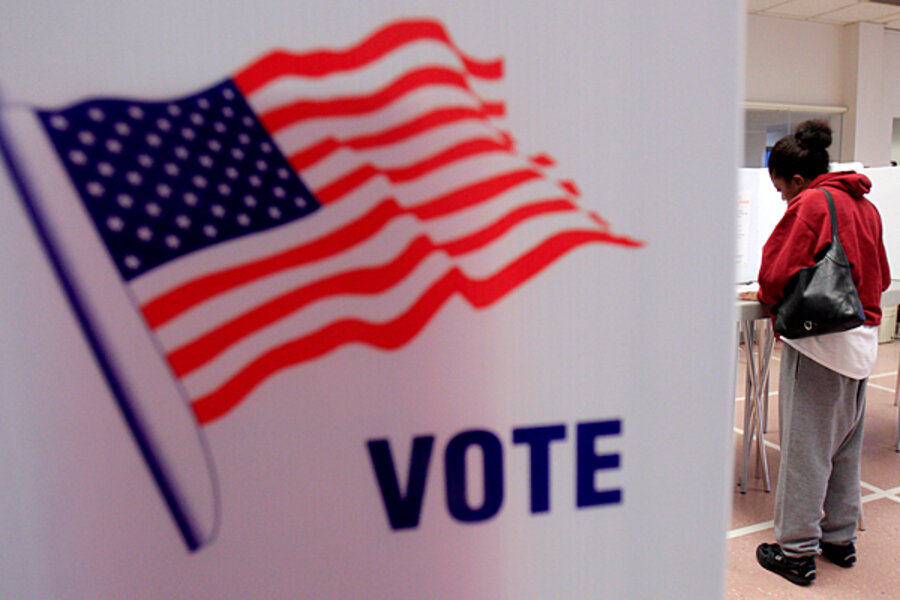RealClearPolitics takes mapping the vote to the next level. Below its color-coded map, it lists the polling results for each state, and by how many points Obama or Romney leads. Readers can click on a specific state, like Florida, to see how voter attitudes have changed since November 2011.
RealClearPolitics tracks the results of five different polls and then averages them to determine how much of a lead each candidate has in each state. They display the data in a simple line graph.
What’s unique about this feature is that readers can easily see how close the race really is in the swing states. The graph shows that as of Sept. 13, 47.6 percent of voters polled in Florida favored Obama, while 47 percent favored Romney.
There are plenty of filters and buttons and different ways of viewing the data, but what’s really impressive is the research backing up RealClearPolitics’ results. They link to the actual polls they used (in PDF form) so readers can see a list of questions Americans were asked, and the raw results.








